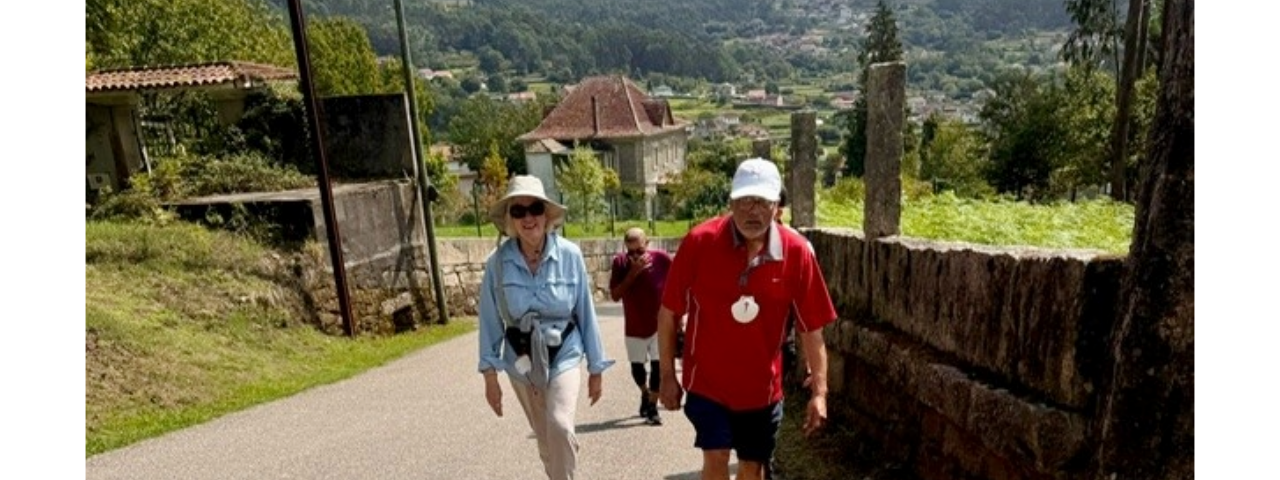Body
On Oct. 8, Richard Lieber, PhD, chief scientific officer and senior vice president, Research, will receive the American Academy for Cerebral Palsy and Developmental Medicine's (AACPDM) Lifetime Achievement Award during the group's virtual annual meeting.
While Dr. Lieber says he's far from finished with his work (“Hey, my lifetime's not over!” he joked), he feels great pride in receiving this distinction for his many contributions to helping patients with cerebral palsy (CP). He has been associated with AACPDM for 35 years.
Mentioned Profile

Richard L. Lieber, PhD
Chief Scientific Officer & Senior Vice President of ResearchEarly Association & Keynote
Body
As a twentysomething and new PhD working at the University of California San Diego (UCSD), Dr. Lieber was studying the molecular mechanics of animal muscle, focused on frogs since they were most frequently used in mechanical studies.
One day, an orthopedic surgeon at UCSD named Dr. David Sutherland invited Dr. Lieber to speak to medical residents about his research. Because Dr. Sutherland's research focused on CP, the conversation that day turned to the physiology of CP — and how little was actually known about it. This interaction motivated Dr. Lieber to learn more, and he met with Dr. Sutherland, CP patients and their families, listening to their stories.
“This experience was my first with real patients in a real hospital,” he said. “I watched how much families were affected by getting just a little bit of information about CP, and I thought, ‘I have to help them.’”
A year later, in 1984, Dr. Lieber was invited by Dr. Sutherland to give the keynote Presidential Guest Lecture at AACPDM's annual meeting in Washington, D.C. Dr. Lieber said his lecture was “basically muscle physiology for surgeons.”
“At the time, I had no idea what a keynote speaker was,” said Dr. Lieber. “Then, when I got to the meeting, Dr. Sutherland said, ‘Do you have a tie?’ I said ‘No.’ So we went out and he helped me find a coat and tie. It was like he was my dad! My actual dad and mom flew out to Washington to see the speech. The event turned out to be pretty formal: I marched in following a Marine Corps Color Guard. My mom was crying. I was crying. It was really something, and it had a big impact on me.”
That speech also made a big impact on the CP community. The editor of Developmental Medicine & Child Neurology — AACPDM’s official journal — invited Dr. Lieber to adapt his lecture for print. The resulting three-part series (part 1; part 2; part 3) has been cited thousands of times.
“A Fundamental Rearrangement”
Body
For the next decade, Dr. Lieber immersed himself in CP muscle research. With Jan Friden, MD, PhD — a researcher from Sweden and Dr. Lieber's friend and frequent collaborator — he developed an experimental surgical tool to measure human sarcomeres, the unit of muscle responsible for muscle contraction.
After dabbling in entrepreneurship in the 1990s, Dr. Lieber returned to his focus on muscle research. In 2002, he published research in the journal Muscle & Nerve that measured the sarcomeres of children with CP.
“That paper had a very provocative and slightly vague title — ‘Spasticity causes a fundamental rearrangement of muscle–joint interaction’ — and changed our direction in CP muscle research”, said Dr. Lieber. “Before, we had always treated muscle in kids with CP like it was typical, like it was the same as what we had learned about in physiology and biology classes. But it turned out that CP causes an unprecedented change in human muscles that had never been observed in animal models, ever. Understanding that some animal models may never help our patients was the most powerful lesson I ever learned.”
The Promise of Future CP Treatments
Body
This novel discovery and subsequent research spawned searches for new treatment options and eventually led to Dr. Lieber's collaboration with Andy Domenighetti, PhD, research scientist leading the Translational Biomedicine Lab at Shirley Ryan AbilityLab.
“Andy and I started asking questions and measuring the biology of the cells in the muscles of pediatric patients with CP,” said Dr. Lieber. “That led to where we are now — non-surgical treatment of these muscles using pharmaceuticals that are already approved for use, inexpensive and widely available.”
Dr. Lieber says he hopes that young researchers will continue to be moved to research treatments for CP, just as he was in 1983.
“It's not necessarily the kind of condition that a brand new PhD or MD is automatically attracted to,” said Dr. Lieber. “They have to get some exposure to the area, but once they do — people like Sudarshan Dayanidhi, PT, PhD [research scientist]; Deb Gaebler, MD [retired attending physician]; Gadi Revivo, DO [assistant director, Pediatric Rehabilitation Medicine]; and Ana-Marie Rojas, MD [attending physician, Pediatric Physiatry; and co-medical director, Computerized Motion Analysis Center] — they are passionate about patients with CP. Because, once you work with them, you realize, ‘Wow, I can change this person's life. I can make a giant difference if I just commit myself.’”

